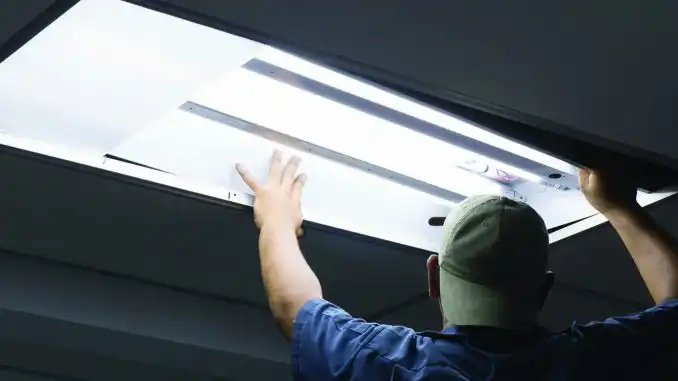LED Lighting: Power Quality Issues
Before switching to LEDs, facilities of all sorts must consider power quality concerns since they might contribute to power quality difficulties if proper planning is not followed. Power quality concerns can lead to a variety of costly facility difficulties, ranging from overheated equipment to power outages and higher utility expenditures.

LED Lighting Power Quality Issues:
Harmonics
Due to the load on an LED lighting system, harmonic distortion might arise. Harmonics can stress equipment and the electrical distribution network, resulting in higher maintenance costs and downtime. In rare circumstances, harmonics stress may go ignored until the device fails completely.
The Influence Factor
Depending on the type of LED lights placed, they might cause power factor concerns in some circumstances. A low power factor can lead to equipment deterioration, power losses in your system, voltage dips, and penalty fines from your utility company.
LED lighting with inrush current and power factor compensation can result in significant inrush current and hazardous energy surges. Some of the outcomes include equipment damage and malfunction, premature wear, and operational inefficiencies.
In addition to occasionally causing power quality difficulties, existing power quality concerns in a facility can reduce the performance and life duration of LED lights. Flicker, voltage fluctuations, and harmonics in a facility can cause LED lights to break prematurely, offsetting the energy savings and inflicting a financial loss.
Many power quality concerns start on the customer’s side of the meter, within a facility, allowing consumers to fix them. Power quality monitoring and mitigation technology will be installed to fix power quality concerns, improving performance and reducing unexpected outages.
Facility managers may embrace LEDs while limiting concerns by using Strong Power Electric meters for power monitoring and Active Harmonics Filters for power rectification.
PQ monitoring will accomplish the following goals:
Expose hidden, harmful power quality issues
Determine the source and kind of power outage.
Reduce energy usage via optimizing power utilization.
Allows you to address and rectify issues with power quality before they cause difficulties.
Facilities can use PQ correction products to:
Reduce harmful voltage fluctuations and harmonics
Plan and maximize system use.
Reduce power factor fines and energy expenditures at utilities.
Reducing resonance and increasing uptime


